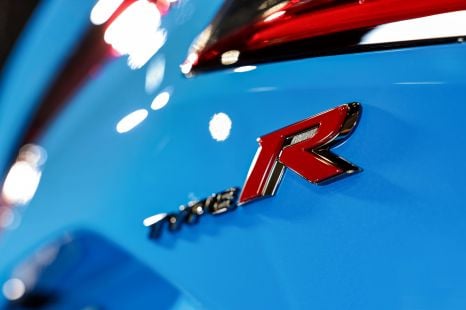

Damion Smy
Honda Prelude Type R ruled out... for now
6 Hours Ago
The new Dodge Charger will be available in electric Daytona and petrol-powered Sixpack forms as either a coupe and sedan.

Journalist
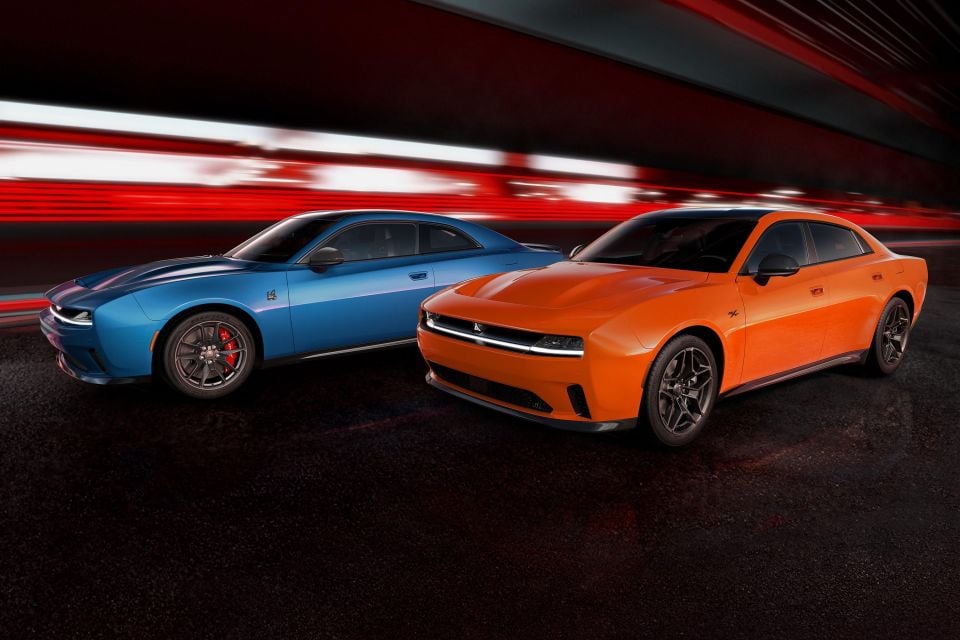

Journalist
With the Dodge Charger, French-Italian-American auto conglomerate Stellantis has pulled an electric rabbit out of its hat, launching the new car in both coupe and sedan formats, and confirming the availability of petrol options early in 2025.
The design of the new Charger coupe was accurately previewed by the 2022 Dodge Charger SRT Daytona EV concept, and the company has since telegraphed, through spy pictures and official leaks, that the production car will differ little from the show vehicle.
What most of us weren’t expecting was a sedan sibling, or the early confirmation of straight-six power.
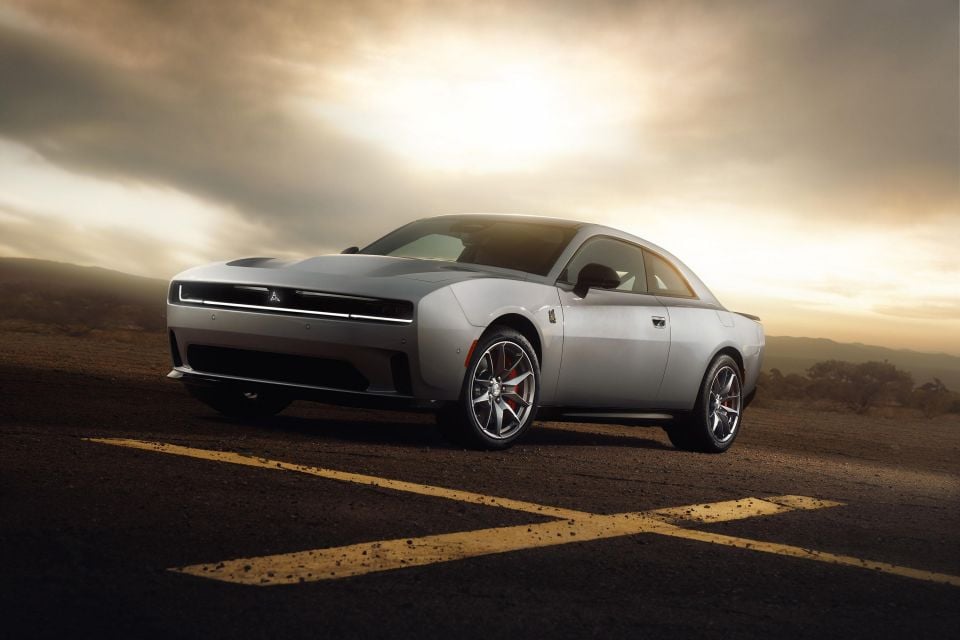
Both the Charger sedan and coupe are based on the STLA Large architecture, and are big beasts as they measure 5248mm long, 2028mm wide, 1497mm tall, and ride on a 3074mm wheelbase.
Compared to the outgoing Charger sedan, the new model is 165mm longer overall, 133mm wider, 19mm taller, on a 26mm longer wheelbase. With most of the new found length found in the overhangs, it’s little surprise to learn the new Charger has a huge 1090L boot.
Tipping the scales at 2648kg, the electric Charger is significantly heavier than the outgoing model, which weighed between 1733kg and 1887kg. Dodge has yet to provide weights for the six-cylinder versions of the new Charger.
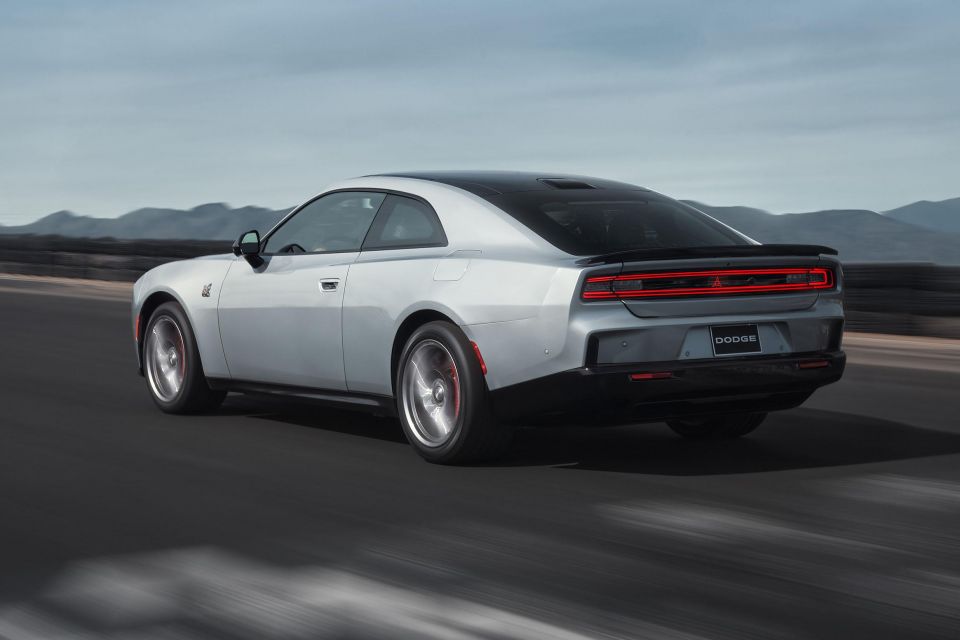
At launch, the coupe will be available only with a 400V pure electric drivetrain featuring two motors, all-wheel drive, and fed by a 93.9kWh battery pack.
All electric Chargers will be noted by the famous Daytona nameplate, and support DC fast charging up to 350kW.
During the new Charger Daytona’s launch phase, just two drivetrain variants will be available: the 370kW/548Nm R/T with Direct Connection Stage 1 kit, and the 500kW/850Nm Scat Pack with Direct Connection Stage 2 kit and standard limited slip rear differential.
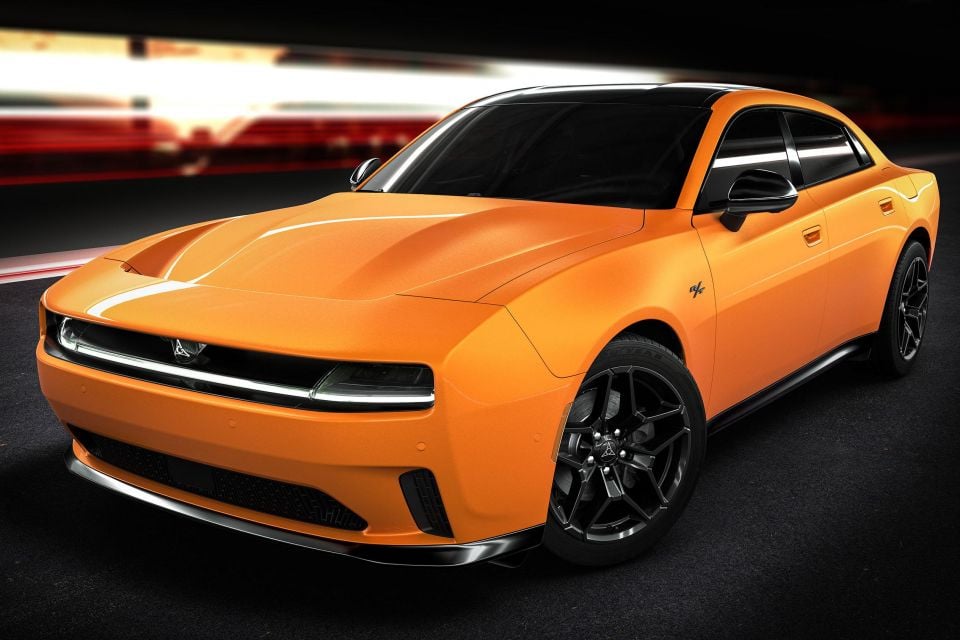
For the Stage 1 R/T, Dodge says the Charger Daytona can blow through the 60mph (97km/h) mark in 4.7 seconds, and finish the quarter mile (400m) in 13.1 seconds.
The Stage 2 Scat Pack is claimed to have a 0-60mph time of 3.3 seconds, and a quarter mile time of 11.5 seconds. If that seems an eternity, there will be more powerful variants coming later with a 800V electrical system.
All the quoted performance figures above can only be achieved after the driver punches the Power Shot button on the steering wheel, which gives the car a 30kW boost for 15 seconds.
Also available down the track are the 340kW base R/T, and less powerful Scat Pack variants.
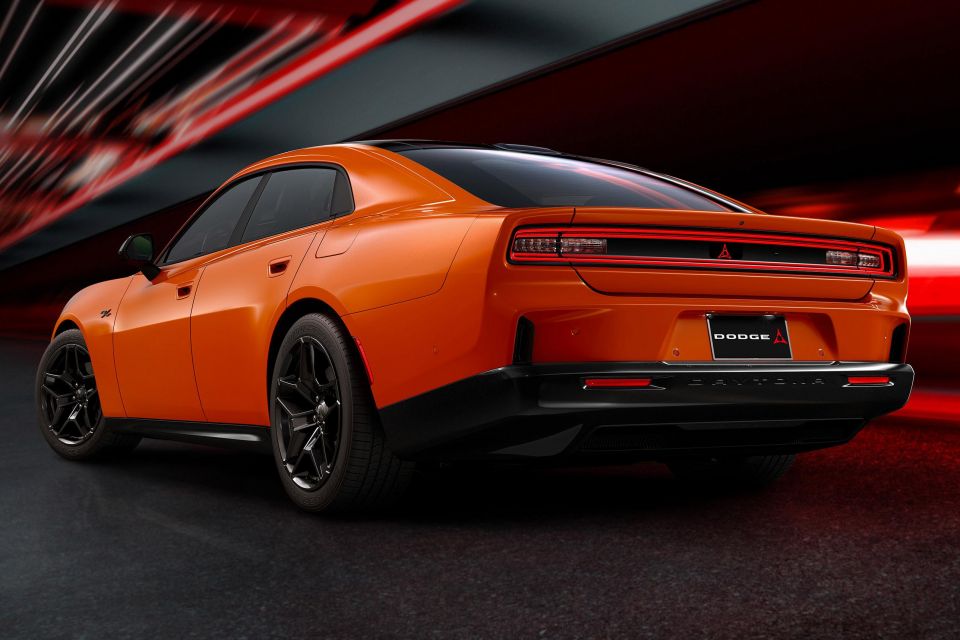
To counteract attacks against the lack of acoustic emotion exhibited by electric vehicles, the Charger Daytona is fitted with a Fratzonic Chambered Exhaust system that “uses two passive radiators to a create a unique exhaust profile with Hellcat levels of sound intensity”. An almost-silent stealth mode is also available.
R/T drivers can choose from a variety of driving modes, including auto, snow, eco, sport and track, as well as line lock and launch control. Scat Pack owners gain a Donut Mode and Drift Mode.
Under the US EPA testing regime, the Charger Daytona R/T is said to have a driving range of 510km, while the Scat Pack makes do with 418km.
Paddles behind the steering wheel allow the driver to select from three (0.1g, 0.2g, or 0.3g) regenerative braking levels.
The Charger rides on multi-link front suspension, and four-link suspension at the rear with 18-inch wheels on the R/T, and a variety of 20-inch wheel designs for Scat Pack models.
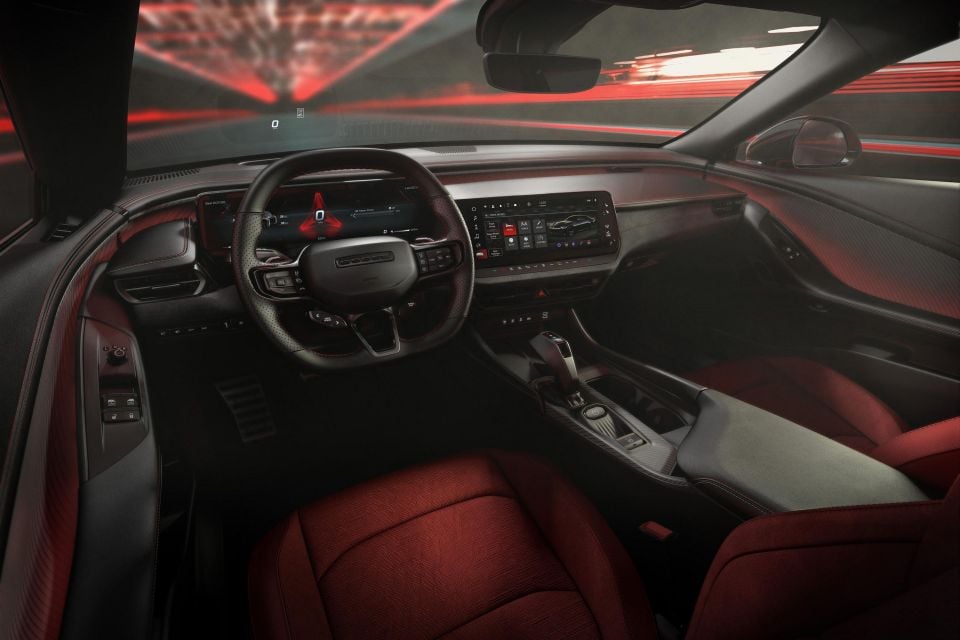
The optional Track Package on the Daytona Scat Pack includes 406mm Brembo vented disc brakes with red six piston calipers up front, and four-pot units at the rear.
Additional options on the Track Package include adaptive damping, as well as the widest tyres ever available on a Dodge: 305/35 Goodyear Eagle F1 Supercar 3 tyres up front, and 325/35 rubber out back.
The cabin features a wraparound dashboard, and a standard 12.3-inch touchscreen with the uConnect 5 infotainment system, and Apple CarPlay and Android Auto support. Ahead of the driver is a 10.25- or 16.0-inch digital instrumentation display.
There’s also an ambient lighting system with 64 colour choices, and a pistol grip transmission shifter in the centre tunnel.

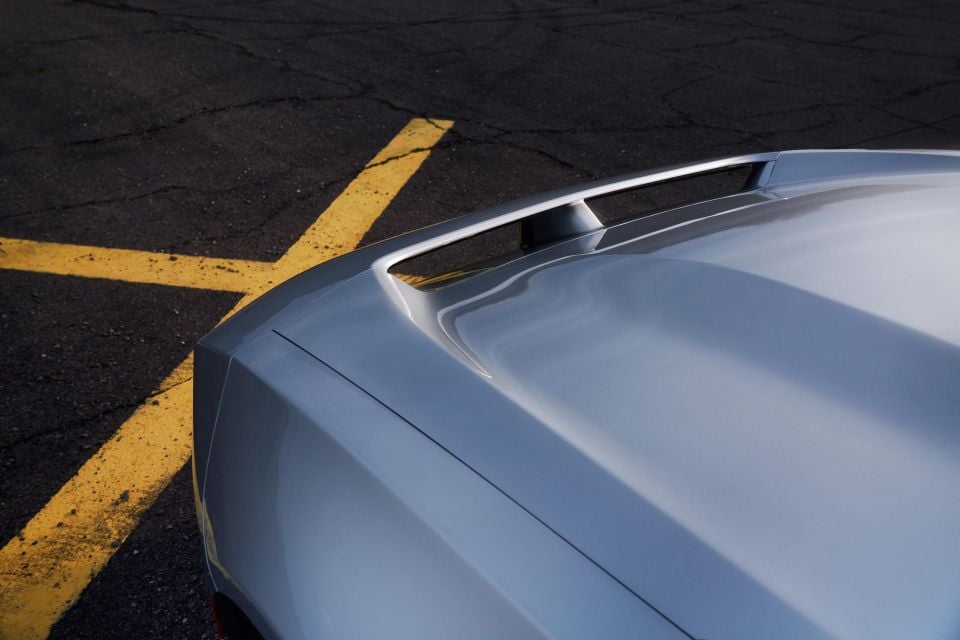
The electric Charger Daytona coupe goes into production at the Stellantis factory in Windsor, Ontario from the middle of 2024, while the Charger Daytona sedan will start trundling down the line during the first quarter of 2025.
In that same quarter, Dodge will also begin producing the Charger Sixpack H.O. coupe and Charger Sixpack S.O. sedan.
Both Sixpack variants junk the all electric drivetrain in favour of the company’s twin-turbocharged 3.0-litre straight-six Hurricane engine.
In high output or H.O., the Hurricane cranks out 410kW, while in standard output or S.O. trim, the engine produces 313kW.
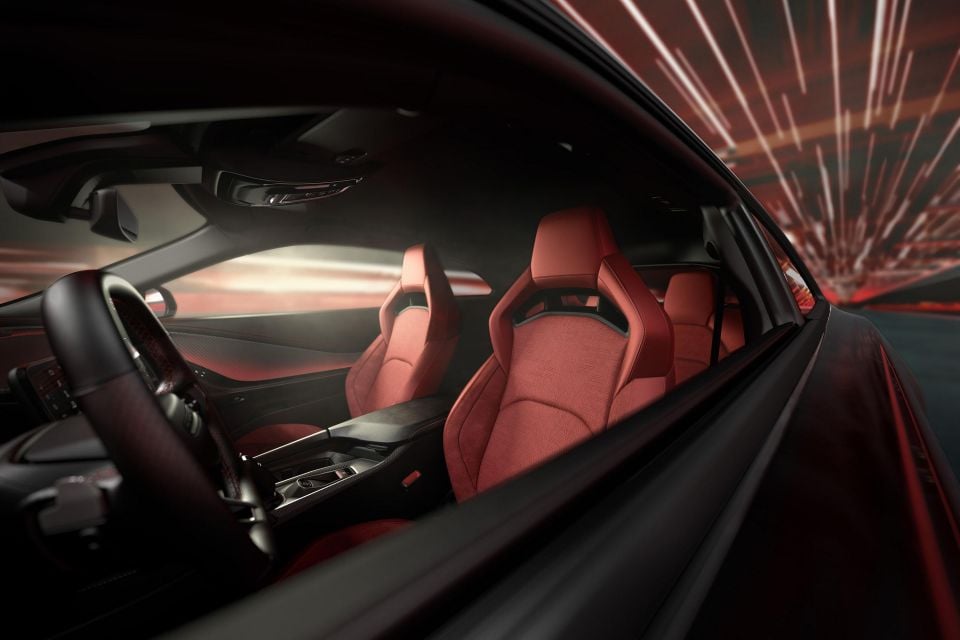
Chargers fitted with a petrol engine lose the downforce-generating “R-Wing” pass-through bonnet for a more traditionally-styled unit. Petrol-powered models also miss out the 42L front trunk present in Daytona variants.
Regardless of specification, these Charger Sixpack models have all-wheel drive as standard. Dodge has yet to release more details about the Sixpack drivetrains, including the transmission type and performance figures.
Pricing for all Charger models has yet to be revealed.
Derek Fung would love to tell you about his multiple degrees, but he's too busy writing up some news right now. In his spare time Derek loves chasing automotive rabbits down the hole. Based in New York, New York, Derek loves to travel and is very much a window not an aisle person.


Damion Smy
6 Hours Ago


Damion Smy
8 Hours Ago


Damion Smy
10 Hours Ago


Matt Robinson
13 Hours Ago


Damion Smy
13 Hours Ago


Damion Smy
1 Day Ago